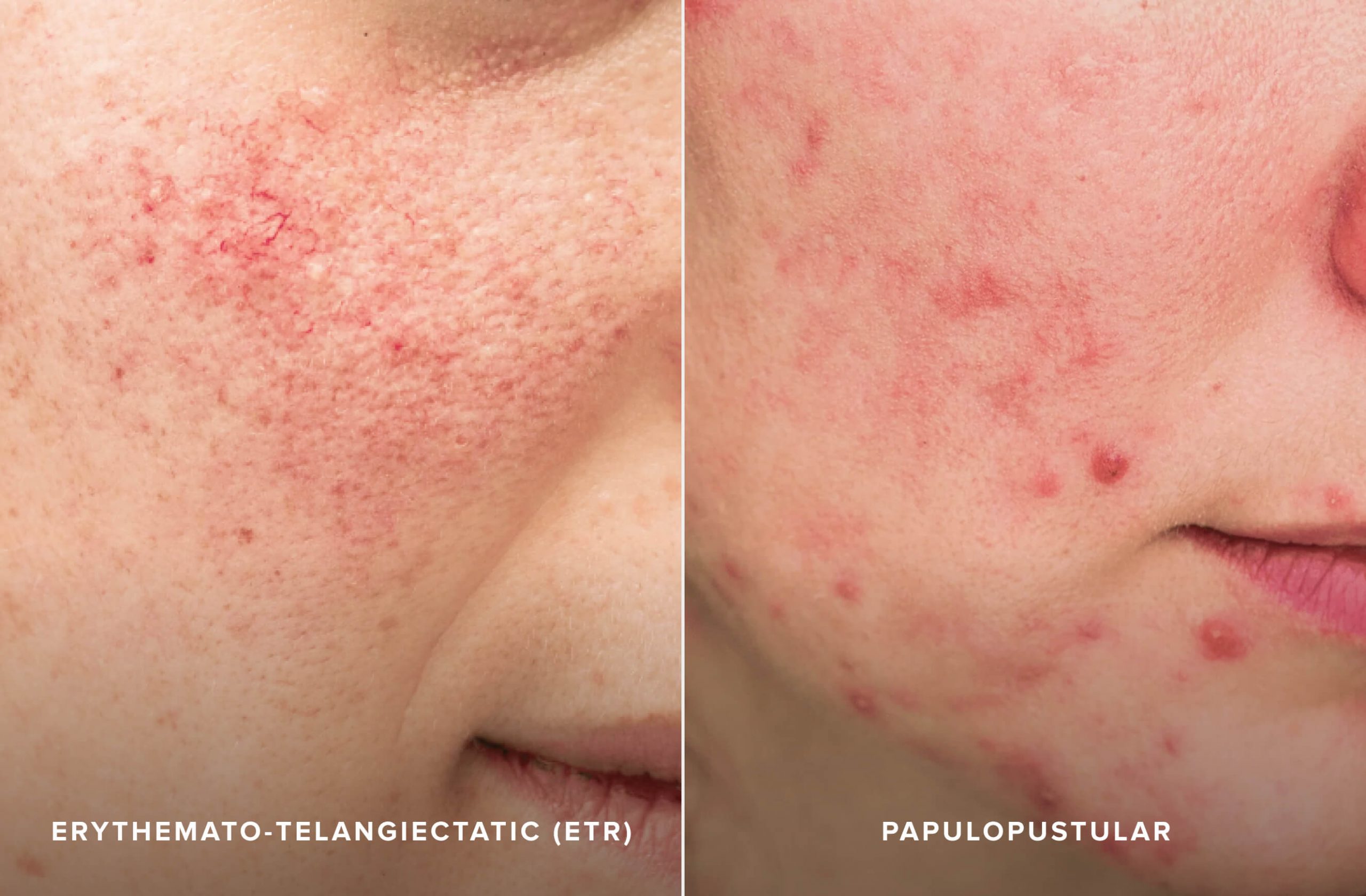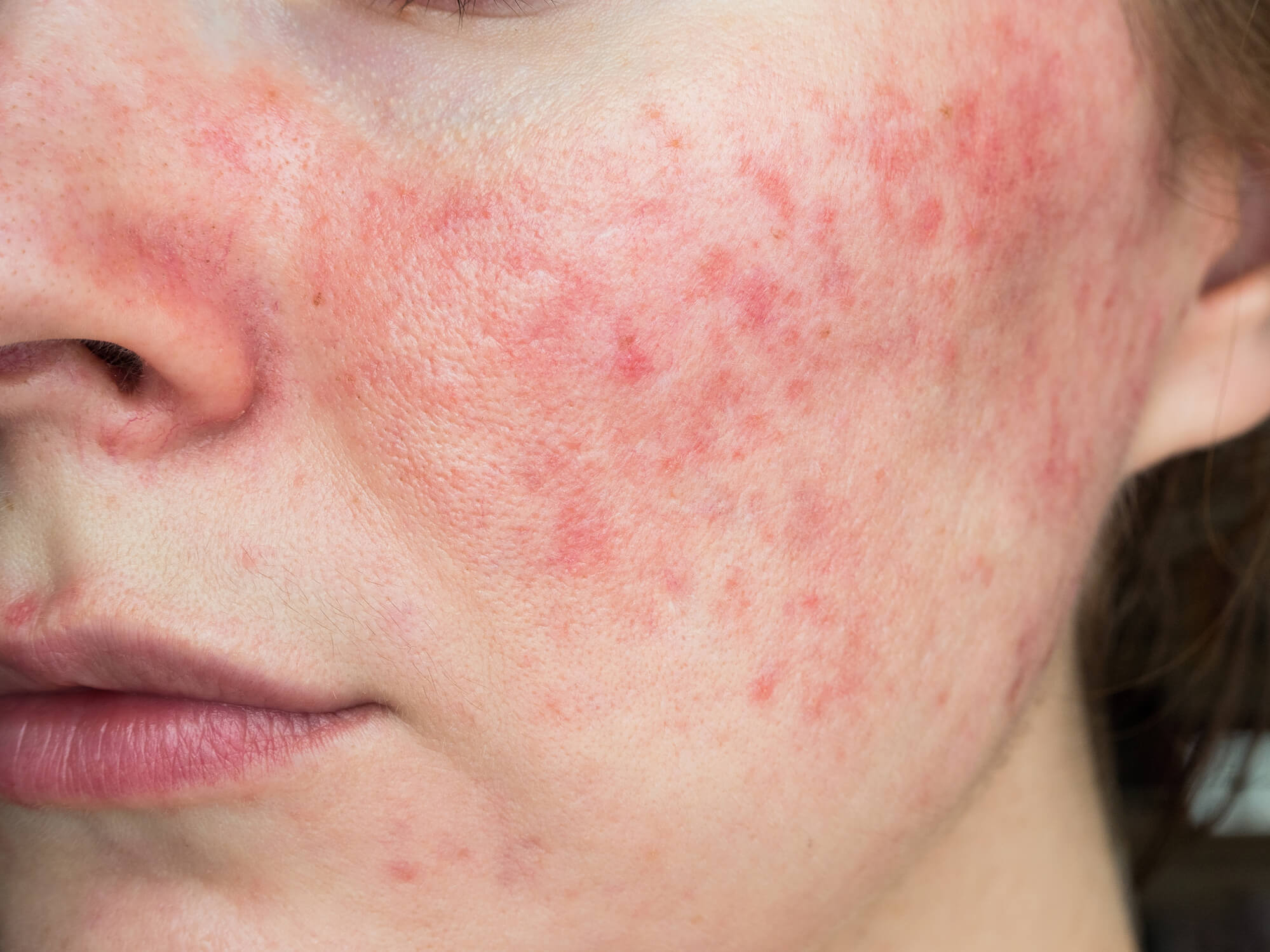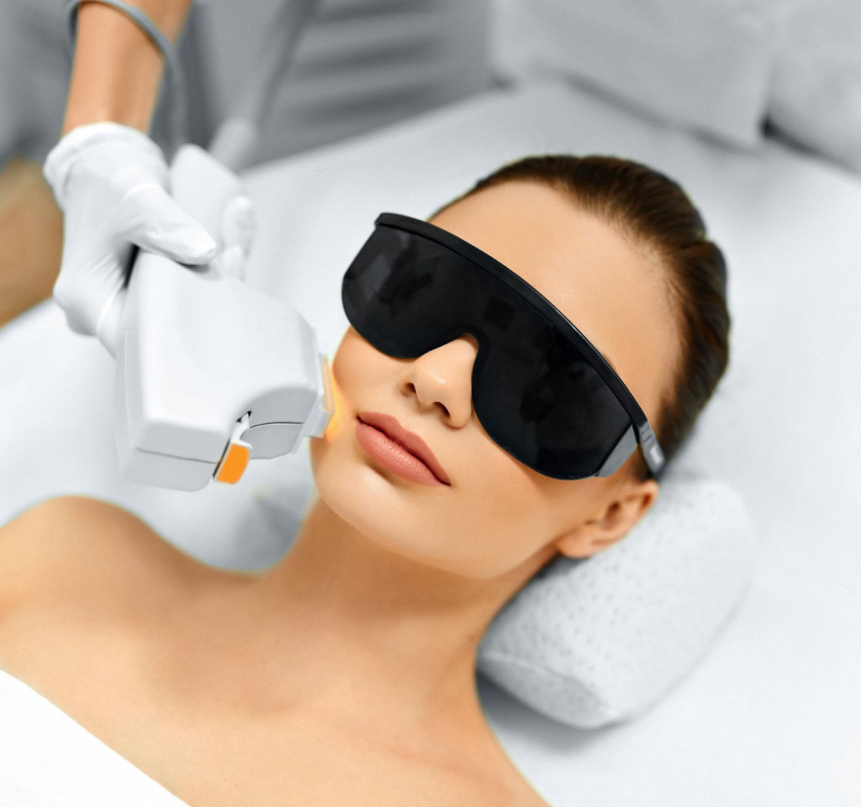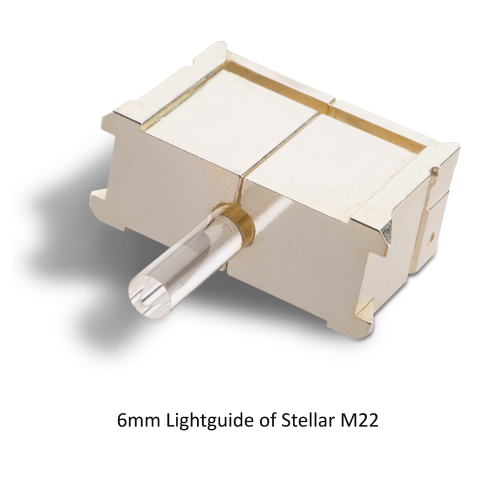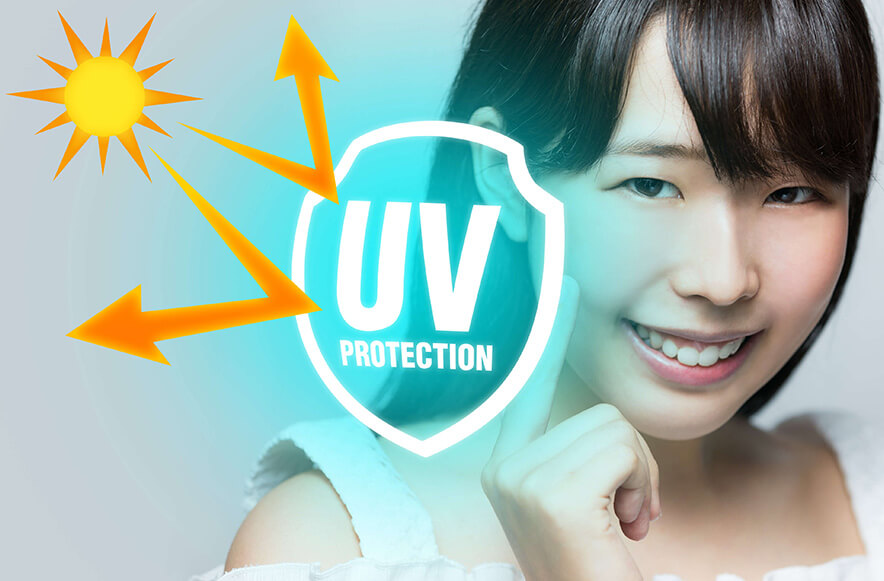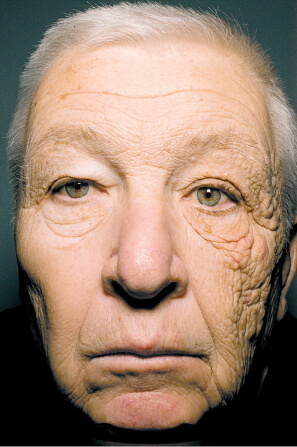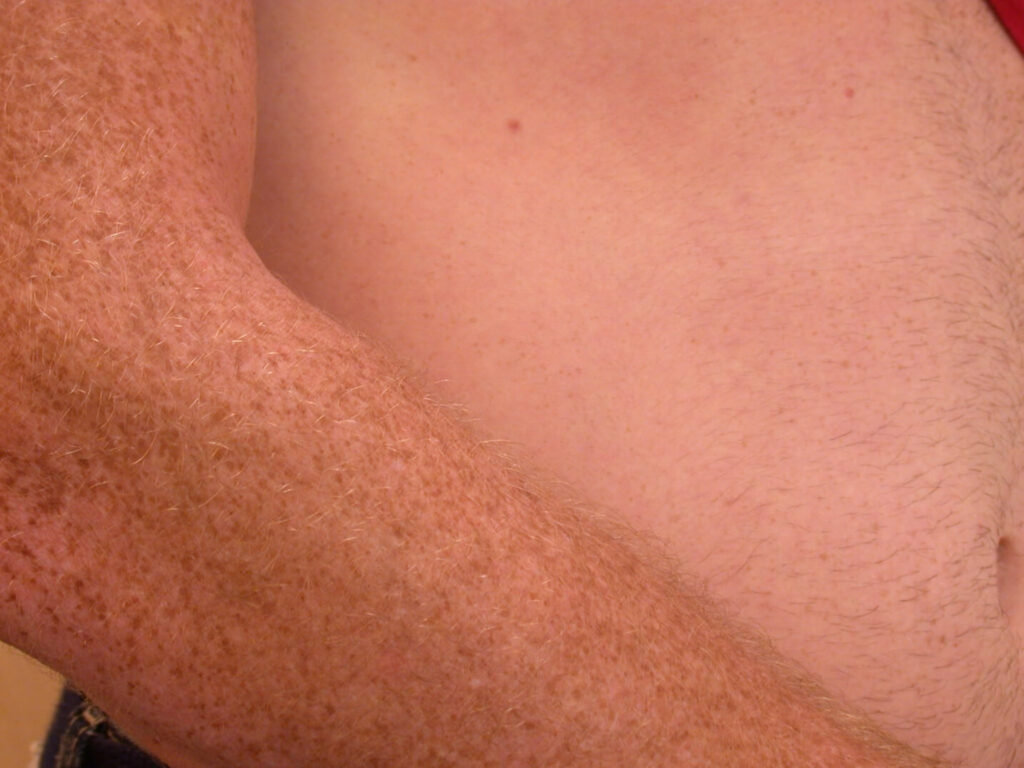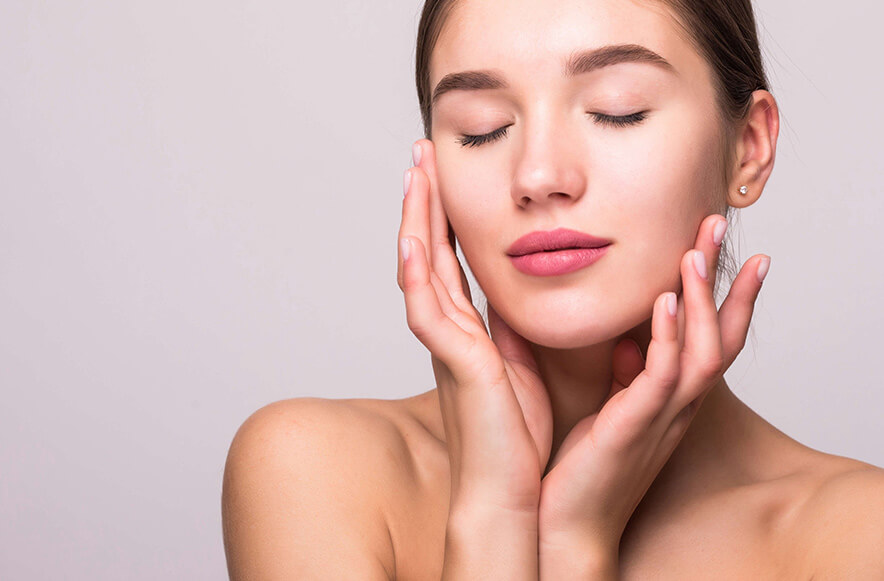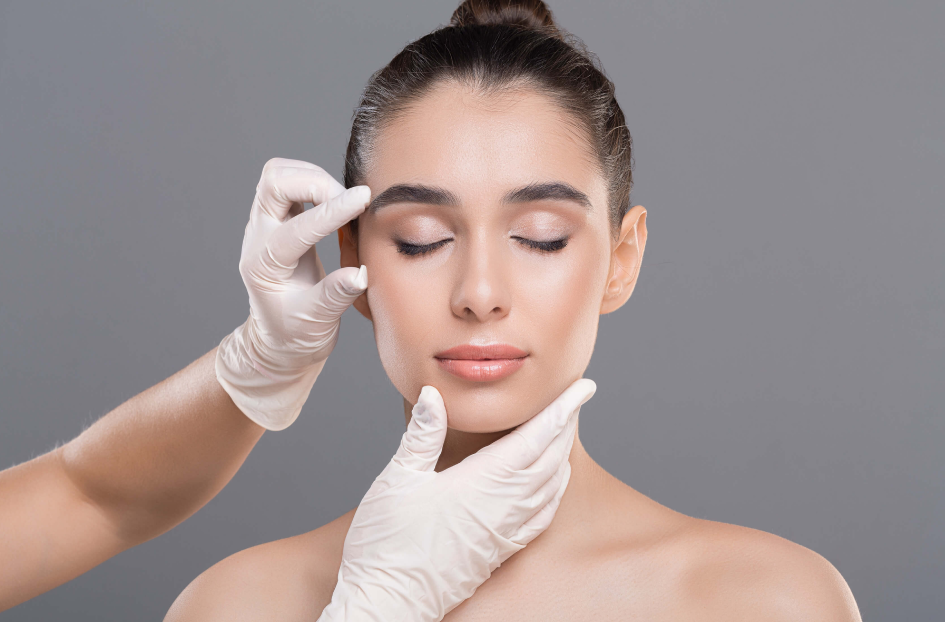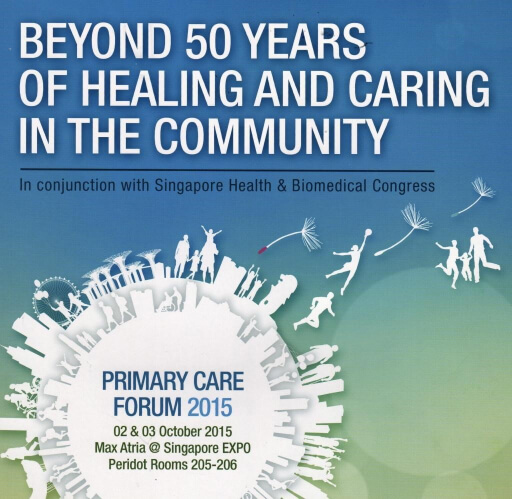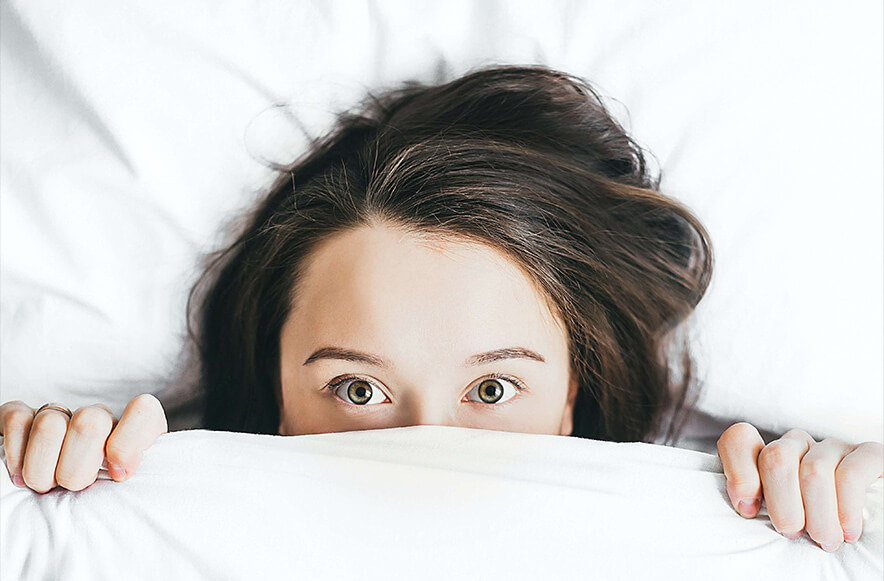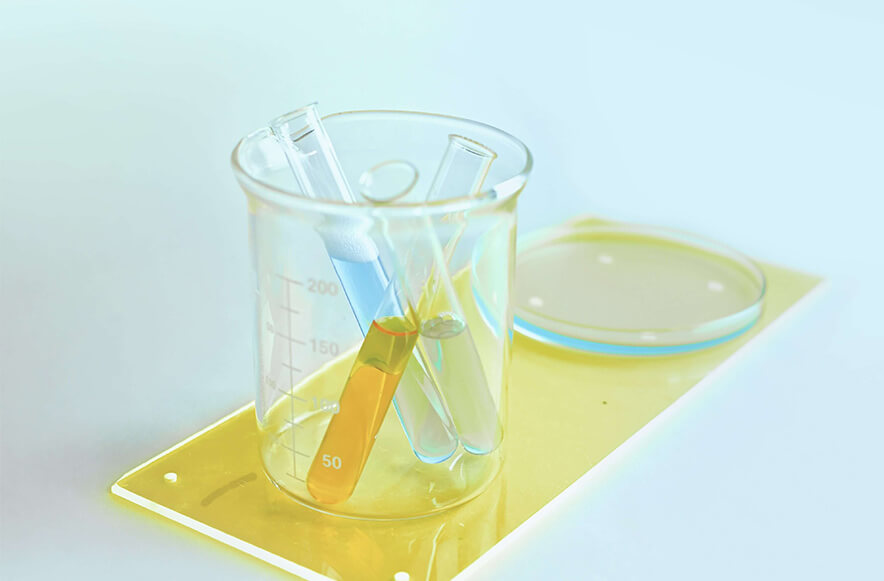The science and pseudo-science of beautiful skin
The moment the US Food and Drug Administration (FDA) authorised the use of botulinum toxin A this April for the treatment of glabellar lines, those unsightly furrows that form between the eyebrows, it was party time for beauty clinics from Los Angeles to Milan. But not half as much as for Allergan, the company in Irvine, CA, that exclusively produces and markets the purified bacterial toxin. Botox, the trade name for botulinum toxin A, could henceforth be marketed as ‘Botox Cosmetic™’ in a growing billion dollar market.
In fact, people have been having their faces periodically immobilised by Botox for at least 5 years, but the FDA authorisation is an important milestone in the progress of the toxin out of the world of clinical indications and into the funfair of vanity. Due to its paralysing properties, botulinum toxin A was originally used by clinicians to treat strabismus (cross-eyed ness) via injection into the periocular muscles, and has since proven very beneficial in the treatment of blepharospasm (uncontrollable micro contractions of the eyelid muscles), cervical dystonia and certain types of spasticity in children. However, Botox has not appeared in recent newspaper and magazine headlines because of its clinical applications, but rather its use in so-called ‘Botox clinics’, where an explosively growing number of well-off customers are having unsightly facial wrinkles and furrows removed together with all traces of emotion and expression. Not only has the toxin become popular in the media, it has long since made its way into the American language as well: a synonym for face lifting, ‘botoxing’ things has become all the rage.
The FDA authorisation is an important milestone in the progress of Botox out of the world of clinical indications and into the funfair of vanity
According to the American Society for Aesthetic Plastic Surgery, 8.5 million surgical and non-surgical cosmetic procedures were performed in 2001. Botulinum toxin A and B alone accounted for 1.6 million of these, and, with an increase of more than 20-fold in its use over the last 5 years, has made it to the top of the league for rapidly growing beauty treatments.
Cosmetic botulism is most popular in women between the ages of 35 and 50 years, but 14% of users are men—a steadily increasing share—and members of both sexes as young as 20 are requesting the treatment. It has become particularly desirable among lawyers who want to woo the jury with charming looks instead of a furrowed forehead. And it seems that a price tag of at least $300 per treatment—the going rate in the USA—is not hindering the toxin’s growing popularity. Neither is the phenomenon limited to the USA—Botox clinics and Botox parties are also springing up like mushrooms in Europe. In Italy they are the latest fashion: similar to Tupperware parties, Botox parties attract new ‘patients’ with an introductory injection in the comfort of their host’s home. Party-goers may not be able to show their contentment afterwards, but can rest assured that their ability to smile will reappear, together with all its unwanted side-effects, in 3–4 months. And once enchanted by the elixir of youth, followers must return at regular intervals to get their next Botox shot at a local clinic. The manager of one such clinic in Cardiff, UK, noted that, on average, their house doctor already performs six Botox treatments a day.
The public believes more than ever that sophisticated, or at least sophisticated-sounding, science will preserve youthful looks
Although they are the latest fashion, Botox injections are merely one of a growing number of applications of science to the art of beauty that can be administered in clinics or bought over the counter. From laser and chemical peeling to everyday skin creams and lotions, the public is increasingly putting its faith in science—or in scientific sounding advertising and product descriptions—to ward off the signs of ageing. One thing is clear: the more ‘science’ there is behind the pot of cream, the higher its price. The truth is that some things really do work, but how can an uninformed public know the difference between hard science and hard sell? In reality, it does not seem to matter, as consumers in Western societies are increasingly worrying about how to preserve their youthful looks. Terence J. Ryan, Chairman of the International Foundation for Dermatology, and Professor at the Oxford Centre for Healthcare Research & Development, noted that even the World Health Organization recognises that well-being is due in part to the ‘look good–feel good’ factor, adding that ‘there is a lot of anxiety about appearance, which leads people on a quest to look better’. Both the physical and psychological pressures of 20th century society obviously attract people to the convenient, if expensive, solutions of science and technology.
The potential value of the new breed of biologically active cosmetics has spawned another neologism: ‘cosmeceutical’. A condensate of ‘cosmetic’ and ‘pharmaceutical’, a cosmeceutical is defined as ‘a substance that is marketed as a cosmetic, but that contains biologically active ingredients that have an effect on the user’. They certainly have an effect on investors, who smell Mammon in the lotions and potions. Projections suggest that in 2005 the annual market in the USA alone will amount to $4.3 billion, achieved at a growth rate of 7.6% per annum. Over the same period, the value of the chemicals used in these products is predicted to grow at the rate of 9.2% per year to reach $1 billion.
At the top of the list of wonder chemicals used in anti-ageing products are the ubiquitous antioxidants, one of the few morsels of scientific terminology that has made it into the public consciousness unscathed. By 2005, the US antioxidant market is predicted to increase to $370 million per annum. Leading users are Johnson & Johnson, Procter & Gamble, Beiersdorf, L’Oréal, Estée Lauder and Avon Products, who obtain the bulk of their ingredients from European giants such as Roche, BASF, Henkel and Bayer. In second place are what are described as ‘specialty chemicals’, then come ‘acids’, ‘natural extracts’, ‘proteins’ and ‘others’. But if consumers are looking for a significant and permanent effect on the skin, it is the antioxidants in which they should put their faith. The cosmetics industry has known this since the 1960s when it started using vitamin E in creams. Ironically, many scientists had not considered topical application of antioxidants to be of any use, and in this respect ‘the cosmetics industry was ahead of scientists’, according to Ryan. In the intervening years, a bewildering array of new and old chemicals has been mixed into potions of youth (see Table I), which now includes state-of-the-art antioxidants such as ubiquinone (coenzyme Q10). Some are not very modern either. Green tea extract—known to be beneficial as a free radical scavenger due to its high content of catechins and vitamin C—can now be applied as a cream. The Chinese knew of green tea’s beneficial properties millennia ago, and presumably that is why they still drink it.
As much as scientific jargon and Eastern medicine may be effective in selling the compounds to a credulous public, the most effective agents are still the good old vitamins E, C and A. Here, the only recent advance has been the combining of fat-soluble vitamin E and water-soluble vitamin C in a stable emulsion for simultaneous application. Effective though they may be, vitamins are pretty much old hat for consumers who are eager to try the latest ‘breakthrough’ in anti-ageing products. Industry replies to this insatiable thirst for ‘science’ in some very amusing ways, resorting to indiscriminate use of scientific language to blind an uninformed audience. For example, Biozhem cosmeceuticals, a cosmeceutical company in San Juan Capistrano, CA, recently issued a press release launching its latest product, ‘Cell Life ProteinB Complex’ marketed under the name ‘Time Away’, which contains ‘the most advanced bio engineered ingredient available’. Another manufacturer refers to kojic acid—apparently a plant extract, but unknown in the chemical literature—as ‘A carbon derivat [sic] that employs an antimicrobial effect to further inhibit tyrosinase. […] A skin-lightening agent’. Lighten the skin it may well do, as does hydroquinone, another inhibitor of the tyrosinase pathway that converts tyrosine into melanin. So does staying out of the sun or applying sun cream. And here we have a quite bizarre case; after all, melanin is the most effective natural quencher of free radicals in our skin.
The fact that the cosmetics industry hypes a compound does not necessarily mean that it is trivial
Another state-of-the-art component in feel-good creams is MDI complex, or ‘Marine Derivative Isolates’ to the expert, which, it is claimed, is a ‘powerful collagenase inhibitor’. Surely this is what one needs to stay young. Or is it perhaps an old chestnut like arbutin—an extract of the bearberry plant—marketed with the virtue of having been used since the 18th century as an anti-inflammatory and anti-bacterial? Indeed, it even appears in the 1788 London Pharmacopoeia, has antioxidative/bleaching activity—it too inhibits tyrosinase—and shows an inhibitory effect on B16 melanoma cells. Now one can bleach one’s skin, and prevent the skin cancer that might ensue, with one and the same treatment.
The fact that the cosmetics industry hypes a compound does not necessarily mean that it is trivial. Ubiquinone, for example, demonstrates an adjuvant effect in cancer therapy, stimulating the immune response towards cancer cells, and is also used to prevent collateral tissue damage in radiological treatment of cancer, which produces harmful free radicals. However, in giving an unattractively named chemical a ‘name-lift’ that panders to an insecure consumer sector, a whole new market can open up. Hyaluronic acid (HLA), for instance, long used in surgery as an accelerator of wound healing—although its exact mechanism of action remains obscure—has been reborn as ‘Restylane’. Capable of binding to many structural proteins in the skin and encouraging the laying down of new connective tissues, HLA has now become an essential component of subcutaneously injected cosmetic treatments known as ‘fillers’. Collagen is another, well known, example.
Progress of a toxin
Applications of botulinum toxin A
- 1989 first FDA approval: for strabismus and blepharospasm
- 1996 beginning of use for cosmetic purposes
- 2000 (December) FDA approval for use in treating abnormal head and neck position (cervical dystonia)
- 2001 approval in Canada for cosmetic treatment of glabellar lines
- 2002 (April) FDA approval for cosmetic treatment of glabellar lines
- 200? FDA approval for cosmetic treatment of crow’s feet (periorbital lines), worry lines, nasolabial folds, perioral lines, smile lines and oral commissures
But the danger today is that, as society understands more about science, science itself risks damaging its reputation if it is simultaneously a research tool and a marketing cachet. The ‘science’ of liposomes has brought us cosmetic treatments for the delivery of proteins and amino acids to deep layers of the skin—where they most likely do nothing. It has even been used to try to deliver ‘Cellulate’, a stimulant of lipid breakdown shown to work in the test tube, to subcutaneous adipose tissue. The problem: very little, if any, actually traverses the skin. On the other hand, liposomes may be an effective treatment for the rare genetic disorder xeroderma pigmentosum, where an inability to repair UV-induced DNA damage may be corrected by the delivery of T4 endonuclease V to skin cells. And everyone may in future benefit from liposomes filled with cyanobacterial photolyase, an enzyme capable of reverting pyrimidine dimers under the influence of light. Indeed, liposomes may develop into a general mechanism for treating many inherited skin diseases by topical application of enzymes or other compounds. The question is will market forces drive the development of treatments for the minority who suffer from skin diseases or the development of yet another anti-ageing cream that can be sold to potentially millions of customers? It is not easy to find out. A spokesperson from AGI Dermatics, the company in Great Missenden, UK, that develops the technology, was not prepared to shed any light on the subject: ‘we don’t talk about that kind of stuff’ was the reply.
Another company, Cheladerm, formed by the partnership between the University of Florida Research Foundation and Proctor & Gamble, is staking its chips on Photoprotective Iron Chelator Technology (PICT). This is a means of reducing the concentration of Fe3+ ions in the skin, which are responsible for catalysing the formation of OH., a particularly aggressive and damaging radical. Representing another development with a sound scientific basis, it is likely that we will see PICT in the skin creams of the future.
All civilisations have looked for the fountain of youth and tried to reverse the effects of ageing
One thing is for sure: all civilisations have looked for the fountain of youth and tried to reverse the effects of ageing. Modern Western civilisation has gone one step further by making it an unacceptable part of the human condition to look old. The public believes more than ever that sophisticated, or at least sophisticated sounding, science will preserve youthful looks, and to pursue this goal, consumers are not shy of having some of the most deadly toxins on earth injected into their bodies. Earlier this year, a researcher at Purdue University announced that he had genetically modified tomatoes to produce higher concentrations of the natural antioxidant lycopene. It promises to be an interesting experiment: the latest development in anti-ageing treatments beckons, but will a public that has largely rejected genetically modified crops eat a genetically modified tomato?
Table I. List of additives in anti-ageing creams and their claimed benefits
Acerola – Free radical scavenger
Algae extract – Moisturiser
Allantoin – Anti-irritant and stimulator of tissue growth
Aloe vera extract – Antibiotic and anti-inflammatory agent
Amino acids – Moisturiser
Arbutin – Tyrosinase inhibitor and antioxidant
Arnica extract – Antimicrobial and anti-inflammatory agent
Barley extract – Astringent
Beech tree extract – Increases keratinocyte activity
Biotin – Cleanses and regenerates the skin
Bisabol – Anti-inflammatory agent
Borage extract (Borgo officinalis herb) – Anti-inflammatory agent
Bromelain – Dissolves dead skin cells
Calendula extract – Emollient with antiseptic, anti-itching and anti-inflammatory properties
Chitosan moisturising factor – Moisturiser
Citric acid – Astringent and antioxidant
Cocamidopropyl betaine – Moisturiser
Co-enzyme A – Activates fatty acids
Collagen peptides – Stimulates collagen synthesis
Dismutase enzyme – Fights skin ageing
Elastin peptide – Promotes tissue restructuring
Elhibin – Inhibitor of the enzymes elastase and tryptase
Fruit acids complex – Removes old outer skin cells
Gingko biloba extract – Blood vessel dilator and antioxidant
Green tea – Antioxidant
Herbal extracts of artichoke, burdock, arnica, walnut and orange – Protect against UVA/UVB rays and inactivate free radicals
Hexyl nicotinate – Dilates blood vessels and increases blood flow
Hohn sugar extract – Moisturiser
Hydrocotyl extract (Centella asiatica) – Soothing and anti-itching agent
Hydrolysed yeast protein – Astringent
Hydrolysed wheat protein – Moisturiser
Hyaluronic acid – Moisturises and promotes tissue reorganisation
Jojoba oil – Moisturiser and emollient
Kojic acid – Tyrosinase inhibitor
Licorice extract (Glycyrrhiza glabra) – Anti-irritant and tyrosinase inhibitor
Lipophilic fruit acid – Clarifies the skin
Lyophilized collagen – Moisturises and reduces irritation
Mannitol – Antioxidant
MDI complex – Collagenase inhibitor, soother and antioxidant
Menthol – Cools, refreshes and stimulates blood circulation
Mimosa bark – Binds free radicals and has antiseptic properties
Niacinamide (vitamin B) – Skin stimulant
Panthenol (pro-vitamin B5) – Moisturises and stimulates cell proliferation
Papain – Dissolves dead skin cells
Peanut oil – Skin softener, emulsifier and emollient
Plant extracts of mulberry, grape, saxifrage and Scutellaria – Tyrosine inhibitor
Protein – Moisturiser
Pyridoxine (vitamin B6) – Prevents scaling and skin dryness
Saccharides – Moisturiser
Salicylic acid – Anti-inflammatory agent and antiseptic
Shea butter – Protects the skin from dehydration
Sodium PCA (pyrrolidone carbonic acid) – Moisturiser
Soybean germ – Stimulates healthy skin growth
Soybean oil – Stimulates the synthesis of collagen, elastin, proteoglycans and structural glycoproteins
Spirulina – Hydrates skin’s surface layers
Squalene – Moisturiser and lubricant
Stinging nettle extract – Anti-inflammatory, astringent and bactericidal agent
Tea tree oil – Anti-bacterial agent against seborrhoea, psoriasis, eczema and dermatitis
Titanium dioxide – Sun protection
Theophylline – Smooth muscle relaxant
Tyrosine peptide – Tyrosinase inhibitor
Vitamin A – Essential vitamin for skin cells
Vitamin C – Antioxidant
Vitamin C phosphate – Skin lightening and bleaching of pigmentation
Vitamin E – Antioxidant and free radical scavenger
Wheat germ protein – Reduces the irritating effect of surfactants
Yeast extract (asebiol) – Reduces the sebum flow and normalises sebum production
Zinc oxide – Skin bleaching and sun protection
Andrew Moore
DOI: 10.1093/embo-reports/kvf169
EMBO reports vol. 3 / no. 8/ 2002 pg 714 -716 / 2002 © 2002 European Molecular Biology Organization
